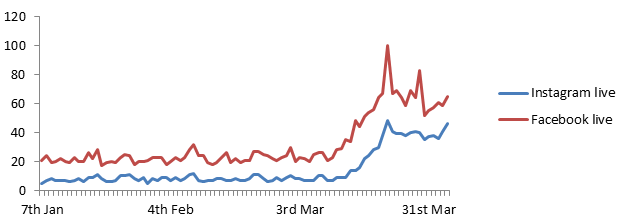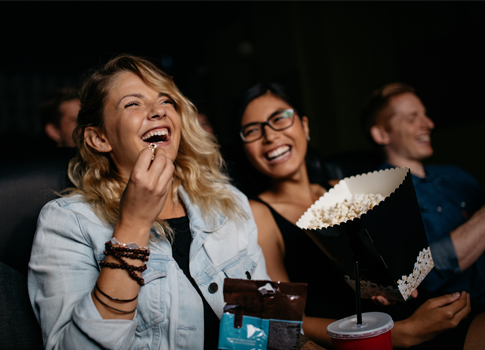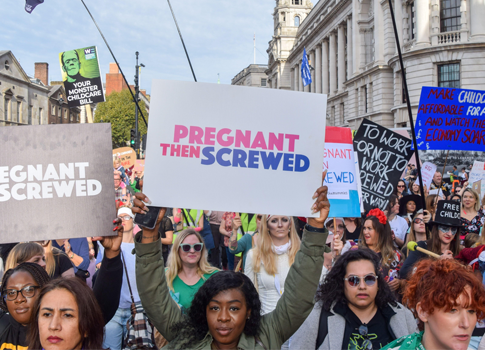Our world as we know it has been turned upside down due to the spread of coronavirus. We are facing a global health crisis and the safety measures put in place have had a deep impact on our everyday lives. Social distancing is refraining us from doing what is inherently human, which is to find solace in the company of others.
Social media consumption accelerates
It is no surprise that social media usage is increasing. It doesn’t take many days in isolation for people to start missing and wanting support from their friends or family in these uncertain times. Social media is currently one of the only places people can talk and connect. Snapchat alone recorded calling time increasing by more than 50% in the last month.
As well as looking for boredom busting content, users are utilizing social platforms to seek information about coronavirus. YouTube are seeing tens of millions of search queries each day related to COVID-19 and billions of views on COVID-19 related content, as well as Twitter stating that 13% of tweets in the UK currently are about coronavirus/COVID-19.
Social media is conveying a sense of unity
To stay connected, albeit virtually, video interaction is on the rise. In particular, people “going live” on Facebook and Instagram. Traditionally social, external events are now being streamed online for everyone to join; from workouts to live concerts. Many are celebrities who have flocked to Instagram/Facebook live to entertain their fans, as well as being a voice of reason encouraging their followers to listen to government advice. “Going live” was heavily credited as a driver of getting the “Clap for Carers” movement off the ground, with celebrities helping it to go viral.
Interest in Instagram/Facebook live growing

People are turning to online video to adapt, cope and connect
With so many people spending more time at home, people turn to online videos to adapt to their “new normal”. Average global daily uploads of videos with “At Home” in the title have increased over 50% on YouTube from March 10th through to the 15th.
Study With Me – 52% increase in views YoY

As more and more young people adapt to home-learning, students lean towards ‘study with me’ videos to increase companionship and motivation.
Quick & Easy Meals – 49% increase in views YoY

Isolating means that people have a lot more time to get creative in the kitchen. Hungry users look to YouTube to put fresh spins on non-perishable items.
Coping Techniques – 38% increase in views YoY

In these worrying times, many turn to YouTube’s great, free resource to learn new coping techniques, such as 5-minute meditation or stress relieving yoga.
At Home Workouts – 57% increase in average daily uploads

YouTube’s fitness community empowers users to maintain their workouts despite social distancing and gym closures.
There is a chance that due to the unprecedented increase in usage; the Internet may struggle under the strain of network congestion and data traffic. So much so, YouTube, along with Facebook and Instagram, have all decided to reduce their video streaming quality for the time being to help cope with the demand.
Brands have to change their strategies
As many anticipated, the worldwide pandemic has had an effect on brands’ social media strategies and performance. The big question is, is it a sensible time to advertise? Interestingly and perhaps surprisingly, only 8% of Facebook users thought brands should stop advertising whilst 78% thought they should use their position to help with daily lives. 68% of Twitter users say brands should continue advertising products and 51% of users agree that seeing/hearing ads gives them a sense of normality. 81% consider it is useful for brands to support vulnerable people in the community in any way they can (specific opening hours, free deliveries etc).
Behavioural science studies tell us that consumers are much more likely to try a new brand/product when they go through a life event. These stats suggest that brands should continue to advertise, but they should be thinking about their approach, ensuring they are sensitive and don’t exploit the situation. With people spending more time on their phones, it is a perfect time for brands to work on building relationships with their audiences. Brands can do this by increasing their presence on social platforms, checking in on their audiences and encouraging them to engage so they can converse with them.
Ads are cheaper
It is also a good time for brands with budget to extend their reach. With many brands having to pull spends in these circumstances, there is a lower demand for paid ads leading to it now being much cheaper to advertise. The rapid growth in content on YouTube and Facebook means there is a spike in new inventory which has also contributed to the drop in costs.
User and brand behaviour has changed
In summary, user’s behaviour has changed in the sense of how much social media content they are consuming and what type of content they are engaging with. Brands behaviours have changed by them having to adapt and be flexible to stay relevant in what their customers want. They have to be more cautious in the way they advertise to ensure they do not tarnish their reputations by being insensitive of the situation and being viewed as inappropriately opportunistic. Many are focusing on being present and investing in consumer relationships.






